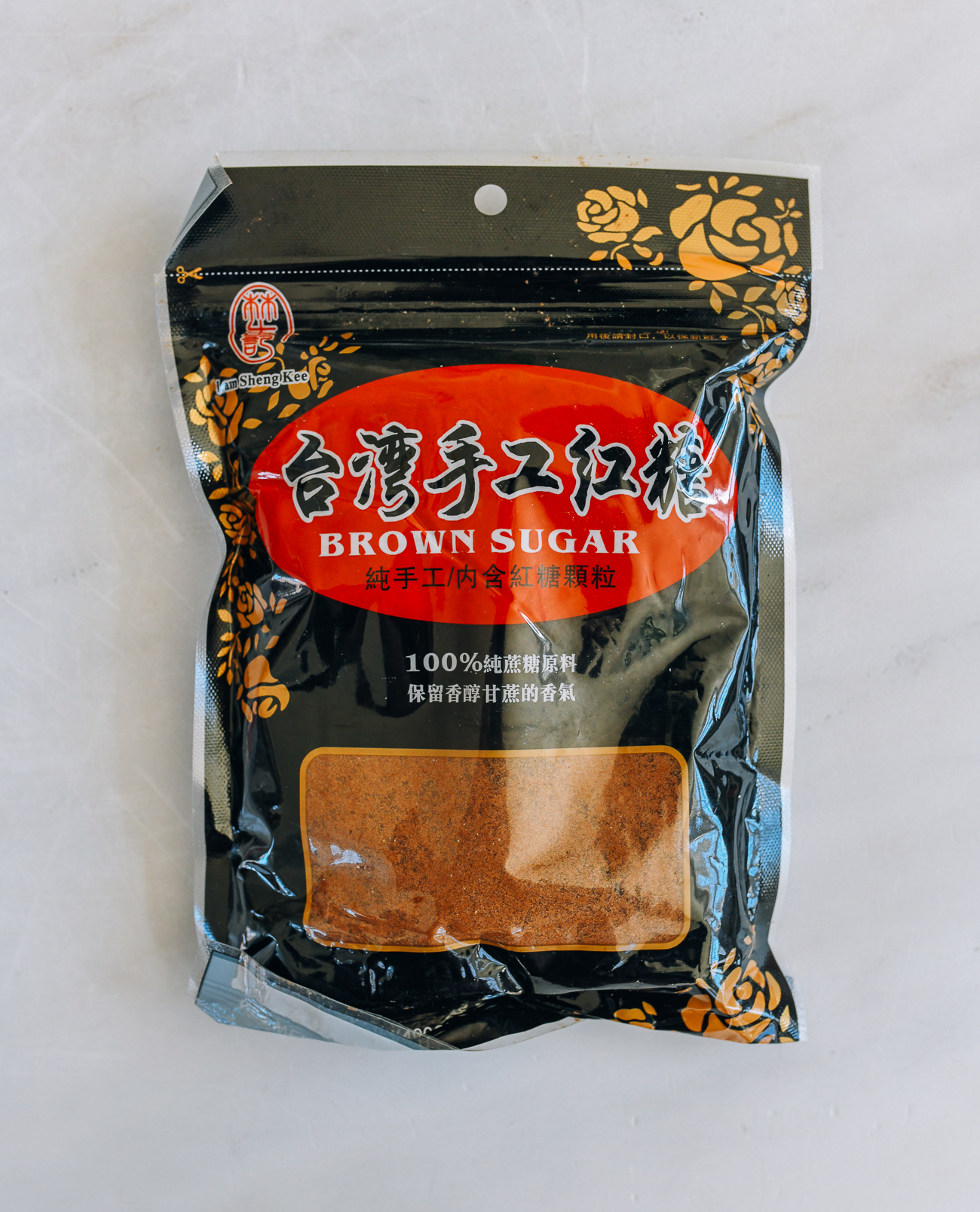Chinese red sugar (hóng táng – 红糖) is distinctly different from Western brown sugar. It is not merely a cooking ingredient but is regarded by traditional Chinese medicine practitioners as a nutritional supplement. Discover more about Chinese red sugar, its unique qualities compared to regular sugar, and how to incorporate it into your culinary creations.
What is Chinese Red Sugar?
Chinese red sugar (红糖) is an unrefined cane sugar that derives its rich reddish-brown hue and unique flavor from the molasses that remains after the cooking process. Unlike white sugar, which undergoes extensive processing and loses its natural minerals, Chinese red sugar retains essential nutrients and trace minerals such as potassium, calcium, magnesium, and iron.
This sweetener is available in various forms, ranging from solid blocks that can be sliced or crushed to soft, moist varieties reminiscent of Western brown sugar. However, Chinese red sugar is generally less processed than its Western counterpart, which is essentially refined white sugar with molasses added back in.
The process begins with sugarcane, a tall, thick grass resembling bamboo. The sugarcane is pressed to extract the sucrose-rich juice, which is then filtered and heated. As the syrup cools, it is stirred continuously to prevent sticking. The natural molasses in the sugar, containing polyphenols (antioxidants), iron, calcium, magnesium, potassium, and Vitamin B6, contributes to its deep color.
Further reduction results in an even darker sugar, often referred to as Chinese black sugar (hēi táng – 黑糖), which is considered more valuable and expensive.
Flavor and Texture
Chinese red sugar offers a deep, complex sweetness with hints of caramel and a mild smoky undertone. It is slightly less sweet than white sugar, boasting a richer flavor profile that enhances both sweet and savory dishes.
The texture varies by form: solid blocks are rock-hard and need to be broken down or dissolved slowly, while the soft variety has a moist, slightly sticky consistency akin to Western brown sugar, albeit with a deeper color and richer flavor. There is also a drier type with a texture similar to fine sand.
Health Benefits in Chinese Culture
In traditional Chinese medicine (TCM), red sugar is viewed as warming and nourishing, particularly beneficial for women’s health. It is a key ingredient in many postpartum recovery dishes. Many Chinese families prepare red sugar ginger tea (红糖姜茶) for women after childbirth or during menstruation to promote blood circulation and warm the body.
An Aside from Judy:
My mother often shares her earliest memory of the day her brother was born. At just three years old, she recalls her mother’s first meal after giving birth: a large bowl of red sugar soup with three poached eggs. She vividly remembers sitting at the foot of the bed, watching her mother and wishing for some soup herself. Each time she recounts this story, she is amazed at how clearly she remembers those details.
Traditional Chinese medicine practitioners also recommend red sugar for the elderly and those suffering from colds, as it helps dispel cold from the body, improves circulation, and nourishes qi (energy). However, it’s essential to remember that Chinese red sugar is still sugar and should be used in moderation.
How to Use Chinese Red Sugar
Chinese red sugar is highly versatile in Chinese cooking. Here are some common applications:
- Sweet Soups and Desserts: It is the preferred sweetener for traditional desserts like red bean soup (红豆沙) and Chinese New Year nián gāo (红糖年糕).
- Braised Dishes: In Shanghainese and Jiangsu cuisine, red sugar enhances red-braised dishes like hóng shāo ròu (红烧肉), adding both color and flavor.
- Medicinal Teas: Our ginger date tea (红糖姜茶) is excellent for colds and PMS symptoms! Sweeten it with red sugar.
- Steamed Buns and Cakes: Many steamed buns and cakes incorporate red sugar for its rich flavor, such as red sugar steamed cake (红糖发糕) and Chinese sweet Shaobing (红糖烧饼).
- Sauces and Marinades: Use it to deepen savory sauces and marinades, balancing spicy or salty flavors.
Essentially, Chinese red sugar is a healthier alternative to refined white sugar and can be used in any recipe that calls for sugar—except for precise baking recipes where substitutions can be tricky.
How to Store
Store Chinese red sugar in an airtight container in a cool, dry place away from direct sunlight. Solid blocks can last for years if stored properly. The granulated and soft varieties may harden over time if exposed to air, but they remain usable; simply break up any clumps before use.
If you have the soft variety and wish to keep it from hardening, consider placing a brown sugar saver (a piece of terra cotta soaked in water) in the container to help maintain moisture.
Where to Buy
Chinese red sugar is commonly found in Asian grocery stores, typically in the baking or sweetener section. Look for it in plastic packages or small boxes labeled “红糖.” Online Asian grocery retailers also carry it if a local source is unavailable.
While the Chinese term translates to “red sugar,” packages may often be labeled in English as “brown sugar.” For this reason, it has also been referred to as “Chinese brown sugar” on various platforms. Chinese red sugar tends to be more expensive than regular sugar, as it is a specialty item, and some producers still utilize traditional manual cooking methods.
If you are seeking the more costly black sugar, look for the characters “黑糖” on the package. However, there are no strict regulations regarding the labeling of “red” or “black.” Generally, the darker the color, the higher the quality, with greater medicinal value according to TCM.
Recipes To Try Using Chinese Red Sugar
While these recipes may not explicitly call for Chinese red sugar, you can substitute it for regular sugar or brown sugar in these dishes:
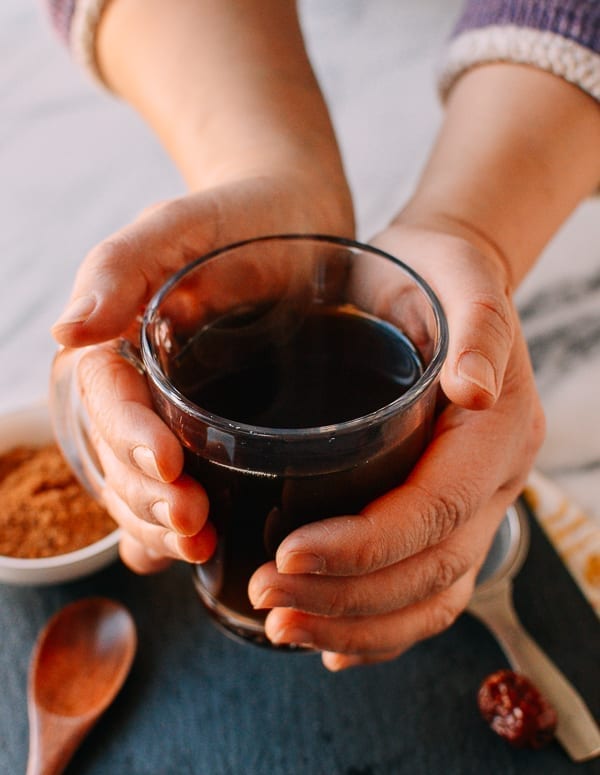
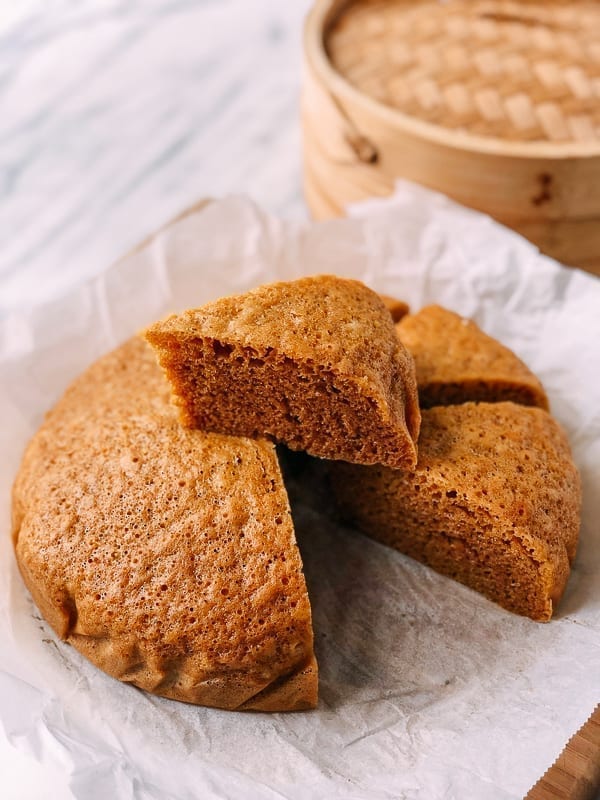
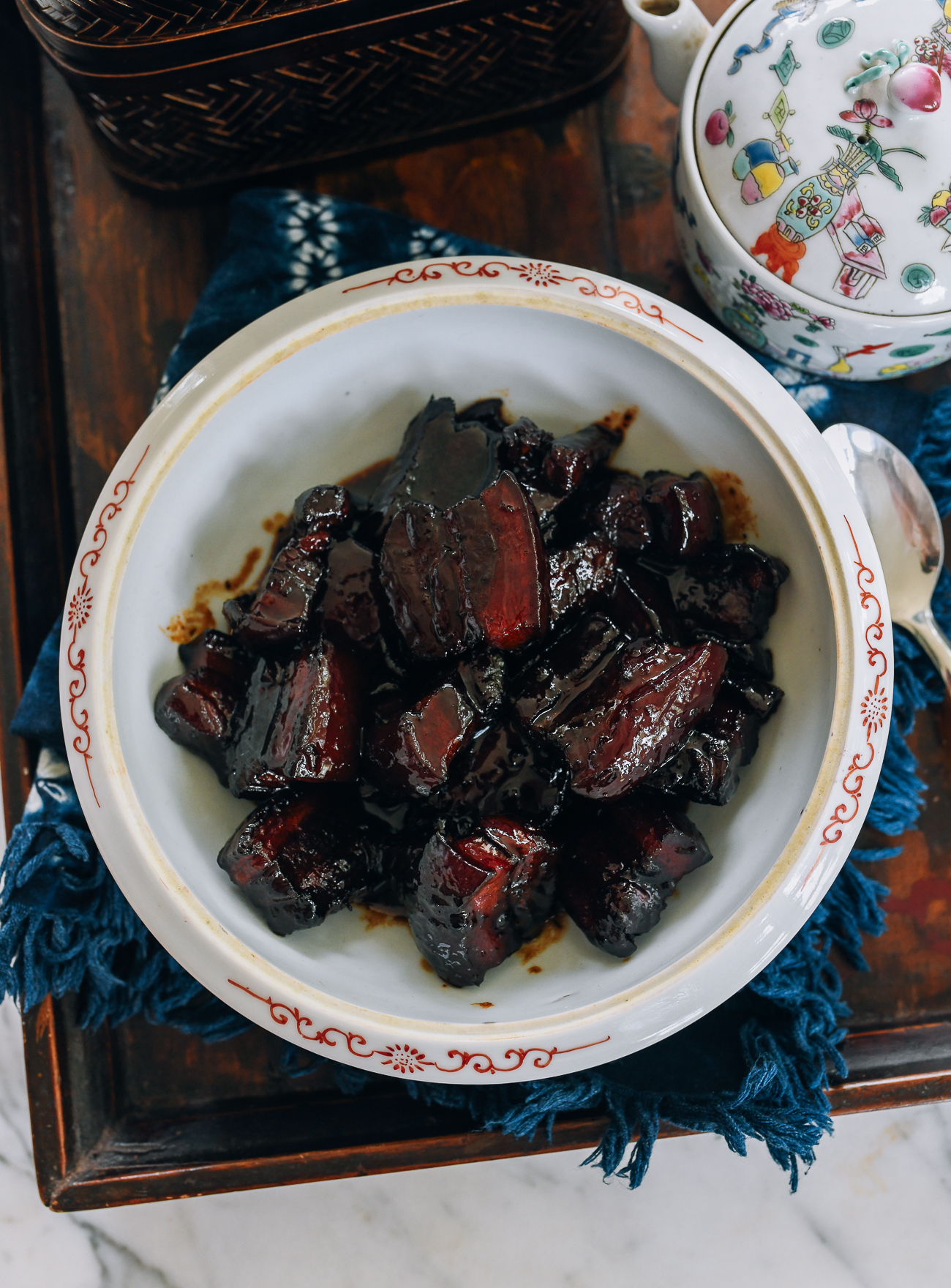
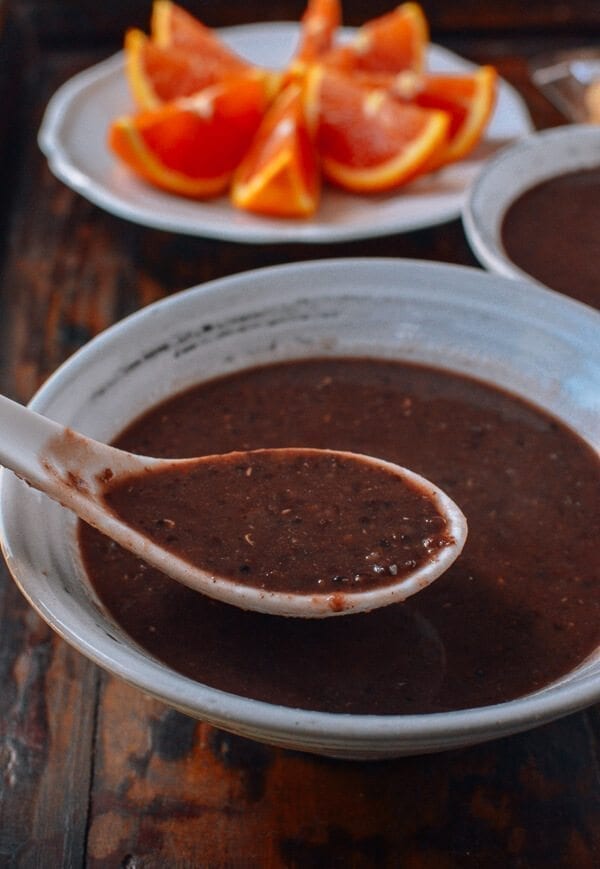
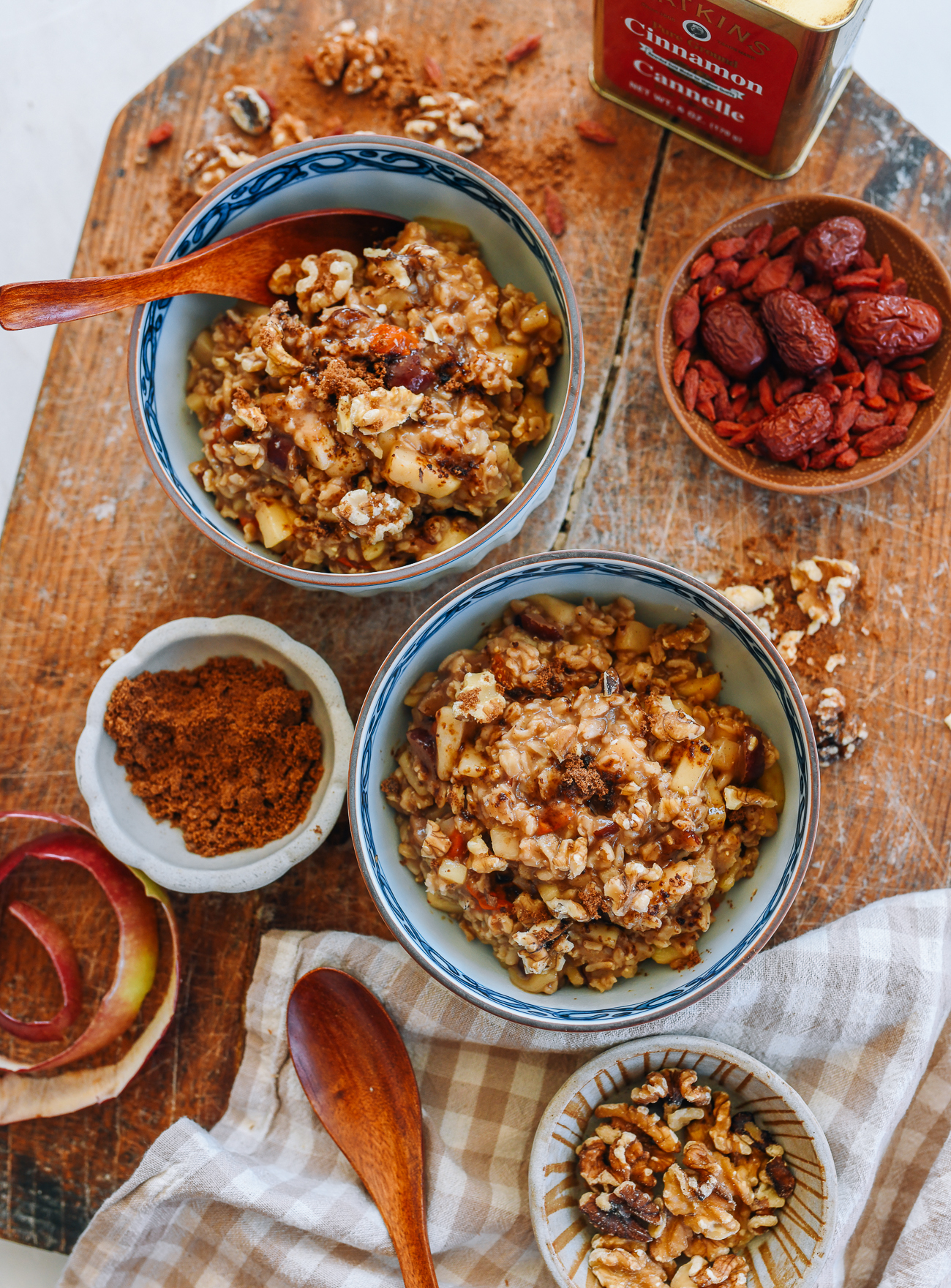

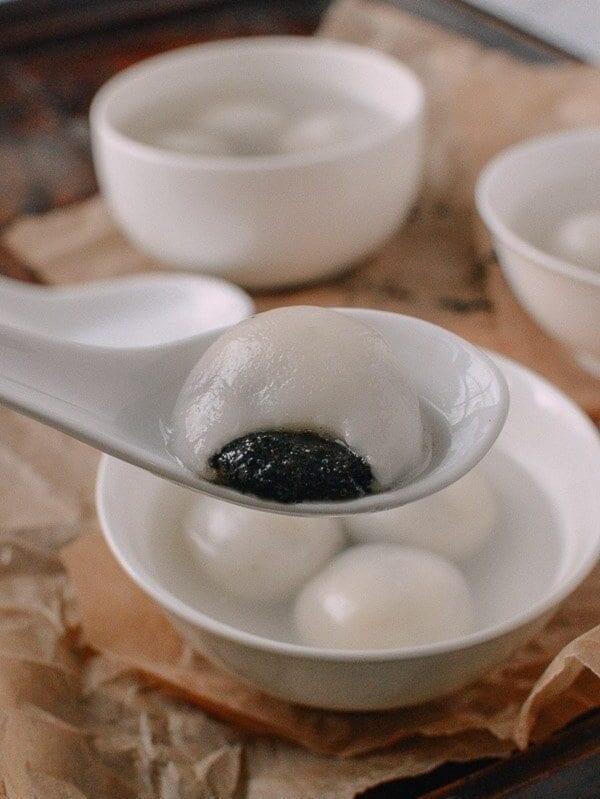
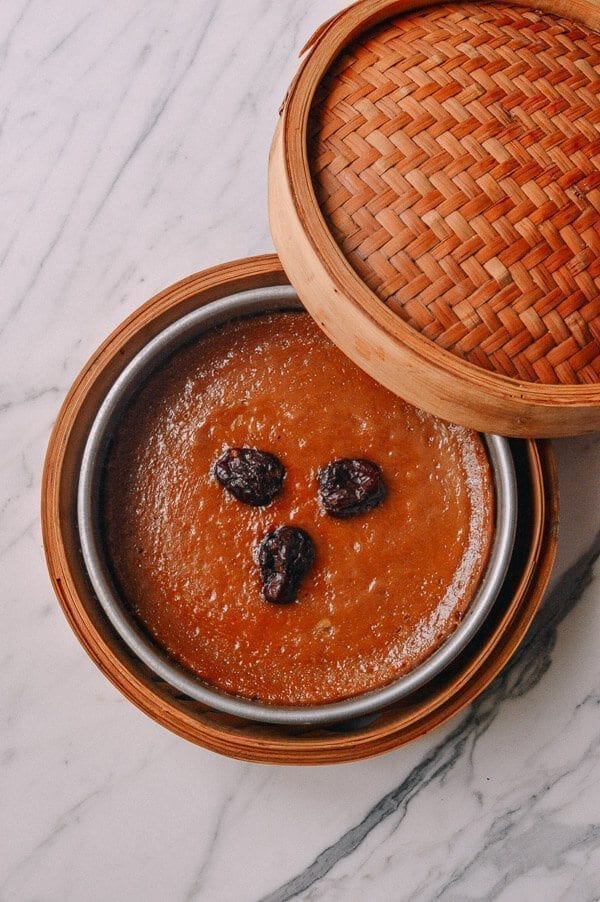
If you’ve never cooked with Chinese red sugar before, I encourage you to try it! Start with a simple red sugar ginger tea on a cold day or when you’re feeling under the weather—just boil some fresh sliced ginger, water, and red sugar. You’ll immediately notice the flavor difference compared to regular sugar, and it just might become a new staple in your kitchen.

